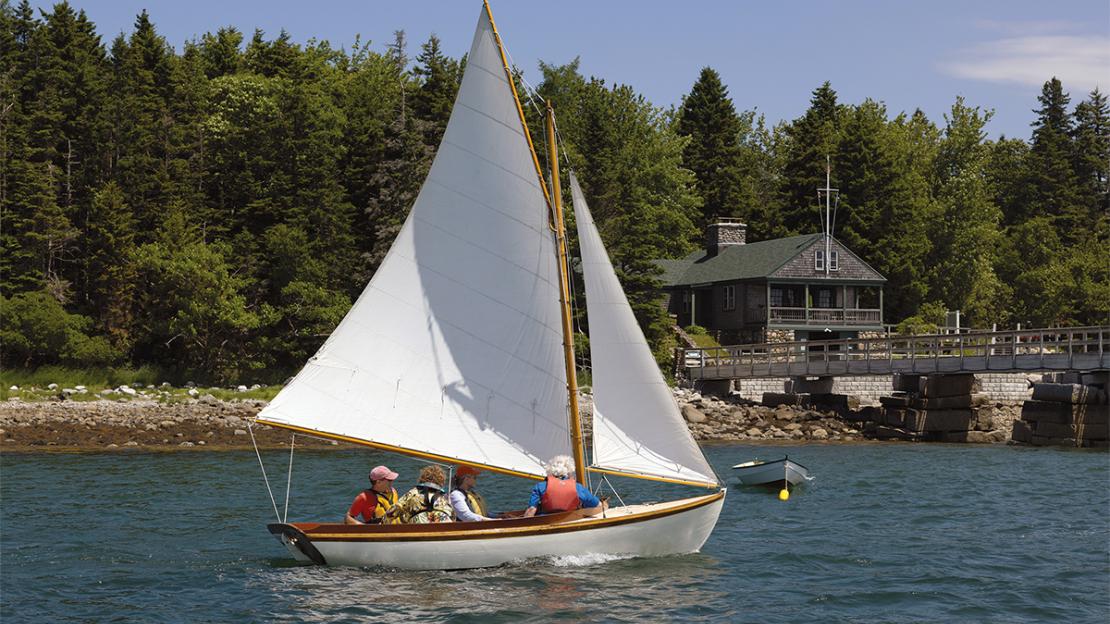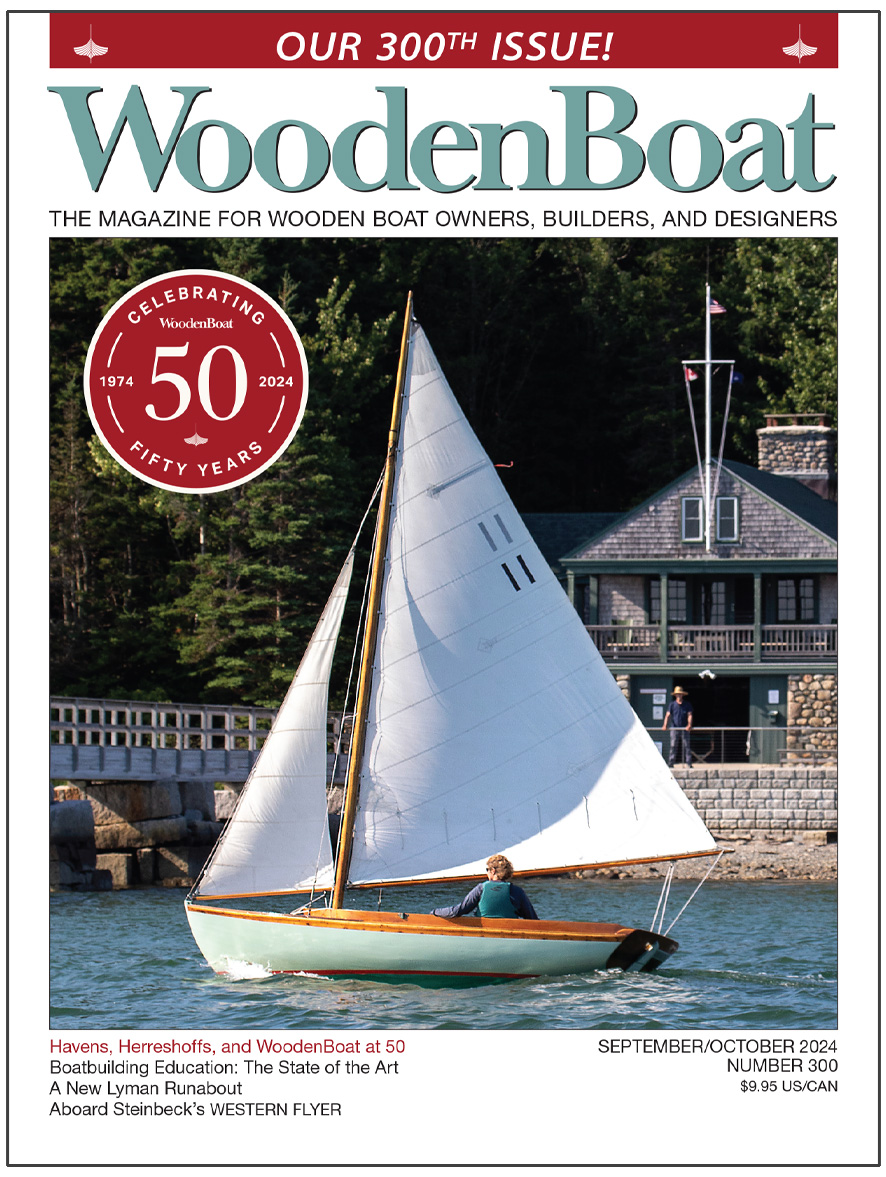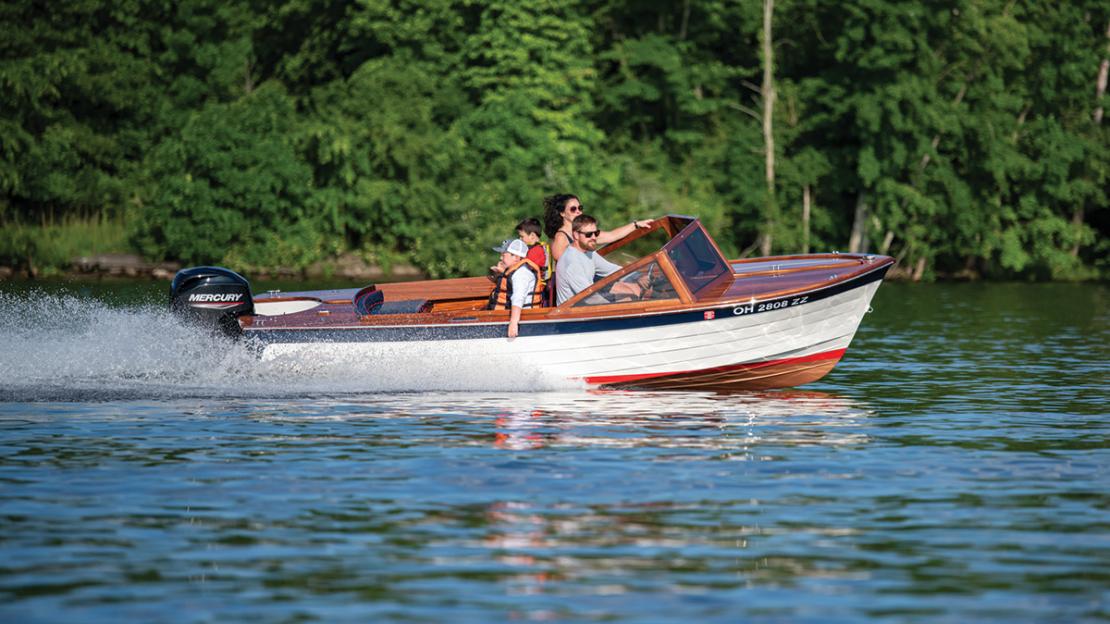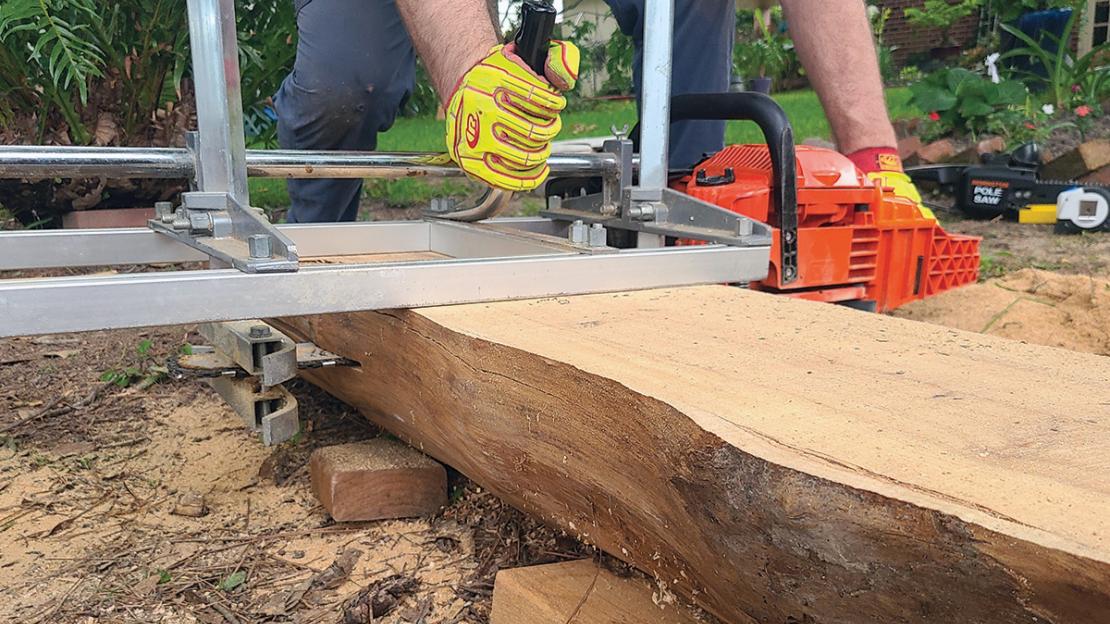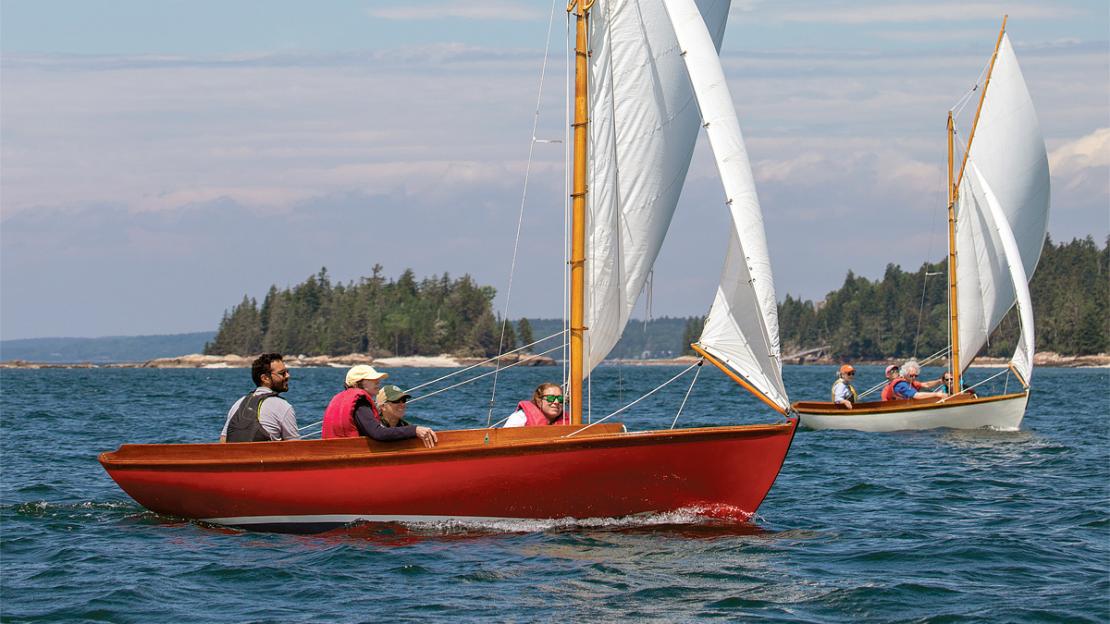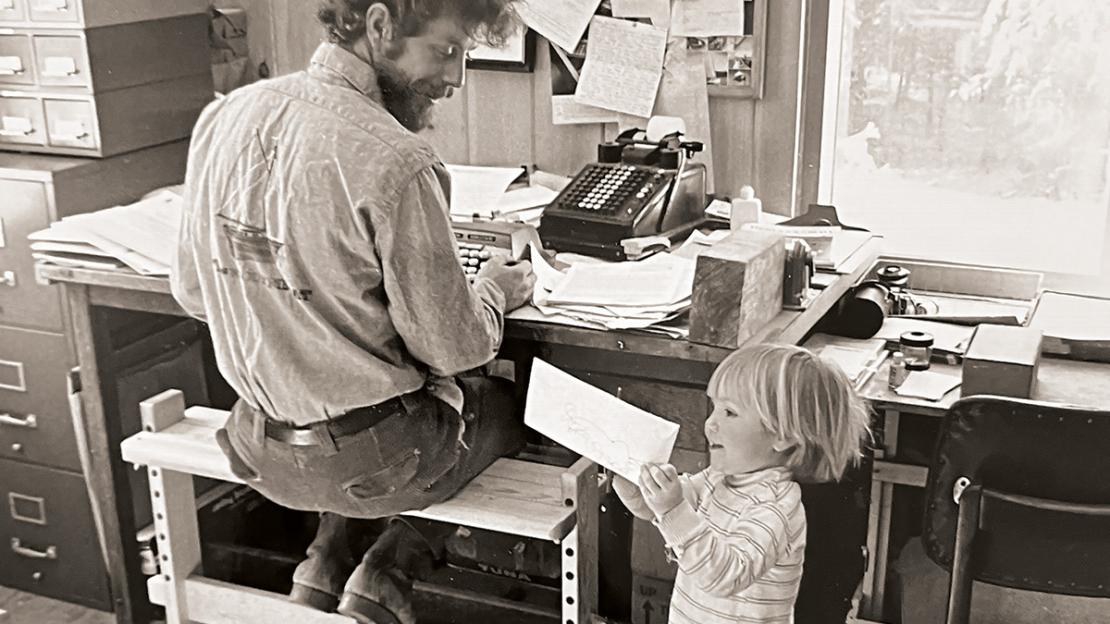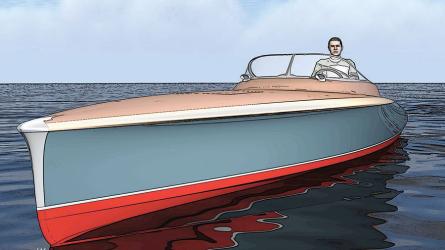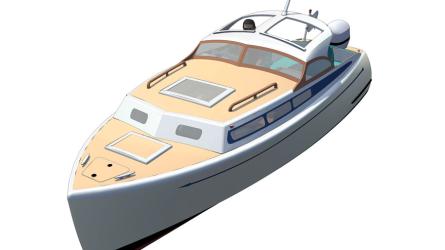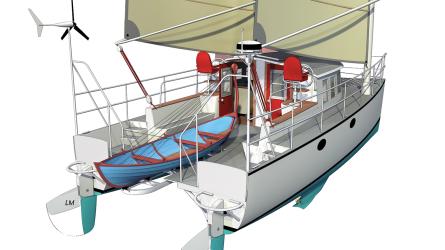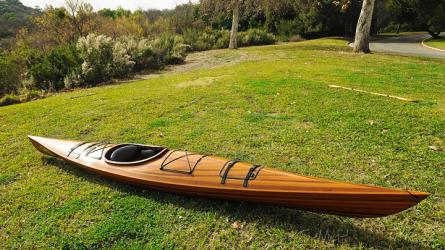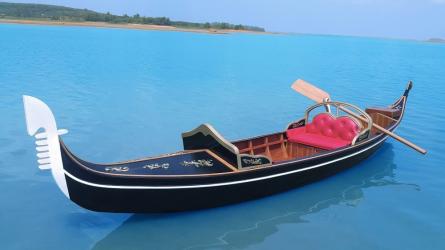Fifty Years and 300 Issues
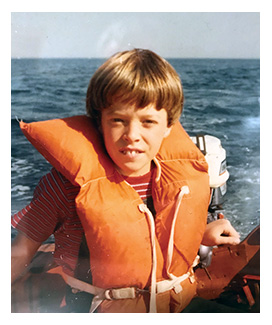 One of my earliest childhood memories is of an outing at age 3 in my paternal grandfather’s 32' Chris-Craft Sea Skiff—a lapstrake-planked cabin cruiser that was just a few years old at the time. My recollection of that day on the water is more of impressions than fine points: the purr of the gas engine, the mildewy smell of a kapok lifejacket, and the salty taste of one of that lifejacket’s straps. I didn’t know it then, but this was the tail-end of mainstream wooden boats.
One of my earliest childhood memories is of an outing at age 3 in my paternal grandfather’s 32' Chris-Craft Sea Skiff—a lapstrake-planked cabin cruiser that was just a few years old at the time. My recollection of that day on the water is more of impressions than fine points: the purr of the gas engine, the mildewy smell of a kapok lifejacket, and the salty taste of one of that lifejacket’s straps. I didn’t know it then, but this was the tail-end of mainstream wooden boats.
The Chris-Craft was sold soon after that trip, and there would be a moratorium on boat ownership in my immediate family for several years while my parents grew acclimated to having three active sons. The moratorium was lifted in the summer of 1974 when our family acquired a boat of its own: a 36' Arthur Robb–designed Lion-class sloop built of wood by Cheoy Lee Shipyard in Hong Kong. Seven years had made a big difference in the local culture of boats on Boston’s North Shore: the wooden hull felt like an anachronism to my pre-teen eye. I recall, early on, wanting something more conforming, like a fiberglass boat.
Something shifted for me over the next several years. Part of it, I think, had to do with the presence in our lives of an 8' Old Town wooden tender that I had somehow adopted as my own. Another part of it had to do with pockets of wooden boat culture sprinkled around the country and around the world that refused to concede to mass production. WoodenBoat magazine was founded in September 1974, and it gave voice and connection to those scattered pockets of wooden boat culture, like a primitive form of analog social media. I missed the first few issues—I was only 10 when the magazine began, after all—but my own connection to the still-thriving world of wooden boats was made fast with my own eventual first issue. It’s been a consuming passion ever since.
The energy and intelligence on these pages still comes largely from pockets of wooden boat culture scattered all around. One of the great ironies of this magazine business is that, although connecting these pockets has never been easier due to digital communication, today’s myriad paths of connection risk a diluting effect on the message. We’ve thus kept much of our focus on the printed magazine. But with this issue, our 300th, we take a leap into an enhanced digital edition that opens up for us new ways of communication—especially in video and audio—and easy and fulfilling access on a number of devices. You can read it on your phone without zooming. You can watch related video embedded within an article. (This issue’s cover story on WoodenBoat School’s Haven and Herreshoff 121⁄2s is accompanied by such a video, the latest in our WoodenBoat Legends series.) A digital subscription also gives you access to the entire library of back issues.
If you’d like to give the digital edition a try, visit www.woodenboat.com to learn how. Please send us a note to let us know what you think—and how we can improve. Connecting with readers is as critical as ever. Our 300th issue and 50 years of publication are milestones, indeed, and we couldn’t have arrived here without you, our readers.

Editor of WoodenBoat Magazine
